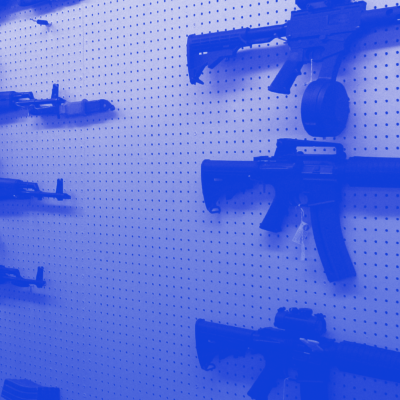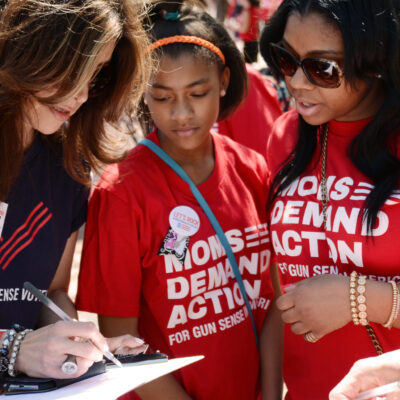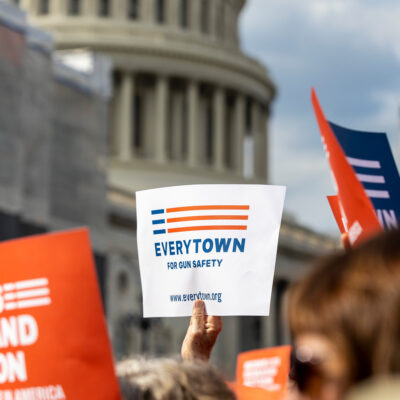Associated Press Investigation Highlights Risk of Arming Teachers
12.9.2019
An Associated Press investigation of unintentional shootings by law enforcement found that at least 22 such incidents occurred at schools or college campuses since 2012, underscoring the risk of legislation putting guns in the hands of teachers, who often receive far less training than law enforcement officers. If you’d like to interview a school safety expert or volunteer with Moms Demand Action or Students Demand Action, please don’t hesitate to reach out.
The Associated Press’ Martha Bellisle writes:
“Experts say anybody carrying guns, including teachers, needs ongoing, intensive training to be able to handle their firearms proficiently and respond appropriately in stressful settings — and many law enforcement officers don’t even get that.”
In February, Everytown for Gun Safety, American Federation of Teachers and the National Education Association released a comprehensive suite of recommendations that address the root problems of school safety. Those recommendations include:
- Embracing intervention strategies that can be implemented by school districts, including evidence-based threat assessment programs that train educators and school personnel on how to safely and effectively intervene when there are signs that a student is in crisis or poses a risk without overly relying on school-based discipline or criminal justice solutions.
- Supporting policies proven to help keep guns away from people who shouldn’t have them in the first place, such as secure firearm storage laws and requiring background checks on all gun sales.
- Raising awareness among parents that guns used in school shootings come from the home and it’s their responsibility to securely store their firearms.
- Implementing red flag laws, which allow families and law enforcement to intervene and temporarily restrict a person’s access to guns when there are clear warning signs they pose a threat to themselves or others
- Improving the physical security of schools with tactics endorsed by experts like installing internal locks and limiting the number of entry points and who can enter schools.
- Supporting the health of students by providing more counselors, psychologists, and social workers to help increase mental health services and social-emotional support in schools.




